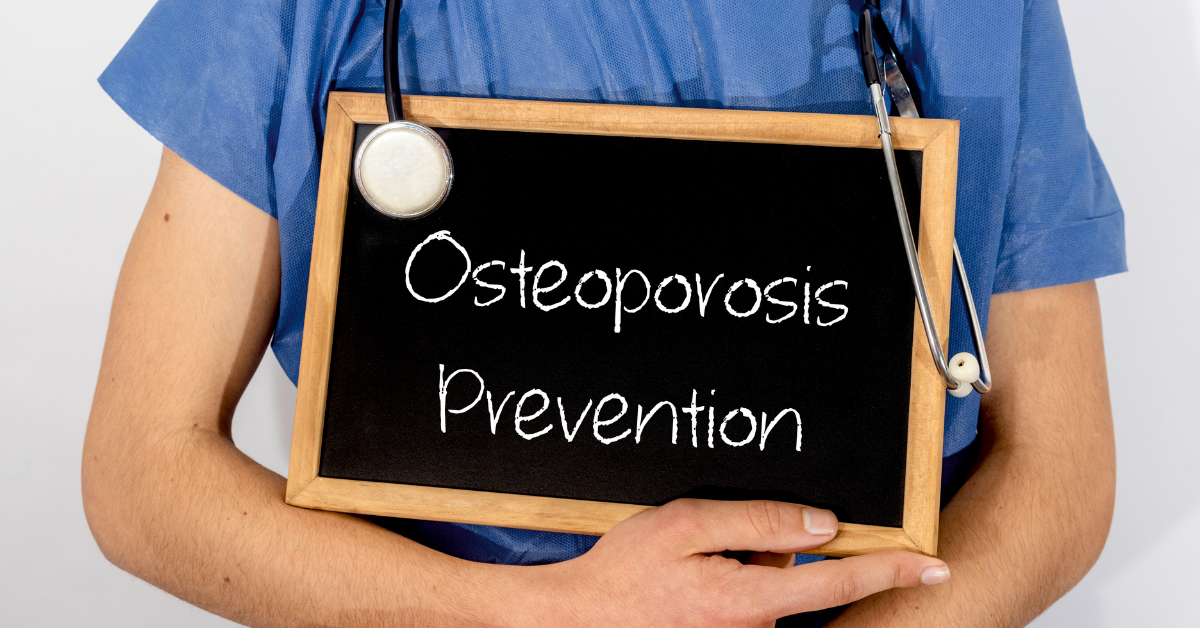
What is Osteoporosis?
Osteoporosis is a silent bone disease characterized by low bone density (decreased thickness of the bone), that causes thinning and weakening of the bone. It can affect people of any age; however, women have the greatest risk of developing the disease, although it also occurs in men. Osteoporosis affects 55% of Americans aged 50 or older. Decreased bone strength and a change in the bone structure can put you at greater risk of fracture.
The most common fractures associated with osteoporosis are in the hip, spine, wrist, and shoulder. Thinner bones are the cause of 1.5 million fractures per year in the United States; hip fractures alone result in 300,000 hospitalizations. Unfortunately, by the time affected bones break or fracture, the disease is already fairly advanced and less treatable. Therefore, it is important to diagnose low bone density or osteoporosis early so that steps can be taken to rebuild bone strength and lessen the risk of fracture.
Bone is living tissue. Normally, one type of cell removes bone and another type of cell adds bone in a balanced, ongoing process. In osteoporosis, bones weaken when not enough new bone is formed and/or too much bone is lost. This imbalance commonly begins in women during the first 5 years of menopause and it can also occur in men and in children, often due to diseases that affect bone development such as celiac disease, inflammatory bowel disease, rheumatoid arthritis, spina bifida, cystic fibrosis, or kidney disease. In addition, some medicines, such as steroids, may increase the risk of developing osteoporosis. Athletes who are underweight during the time of peak bone development are also susceptible.
Today, no single cause for osteoporosis has been identified, but studies show that most bone development occurs between the age of 9-18. It is essential to ensure that children are getting adequate amounts of calcium during this time to set them up for later on in life. Some call osteoporosis “a geriatric condition with a pediatric problem”! Remember, osteoporosis can strike at any age.
How to decrease your risk of Osteoporosis?
The good news is you can decrease your risk of osteoporosis. Healthy bone is built and maintained through a healthy active lifestyle to improve bone health at any age. It is also important to avoid habits that promote bone loss, such as smoking, excessive alcohol consumption, and an inadequate intake of calcium in your diet. Maintaining good body mechanics and posture also contributes to good bone health. We have no control over the genetic tendencies we have inherited, but we can choose to manage osteoporosis through proper medication, diet, and appropriate exercise.
Exercises
The exercise component for bone-building or slowing bone loss is very specific and similar for all ages. The bone grows when it is sufficiently and properly stressed, just as a muscle grows when they are challenged by gradually using more than usual weight. Bone is laid down along the line of stress. Two types of exercise are optimal for bone health: weight-bearing exercises and resistance exercises.
Weight-bearing exercises include dancing, walking, jogging, racquet sports, stomping your feet.
Resistance exercises include; Weight lifting in the proper spine and lower-extremity alignment. using dumbbells, machines in the gym or your own body weight such as single-leg heel raises, squats, lunges, sustained standing yoga poses in neutral spine position, and exercises that strengthen the back.
What’s the main cause of fractures?
One of the main causes of fracture is from falling and decreased balance. According to the Center for Disease Control, 1 older adult falls every second(!), 25% of older adults fall each year, and falls are the #1 cause of hip fractures. Fall prevention is a great way to decrease your risk of fracture. This may include removing tripping hazards such as loose rugs, checking your vision and glasses, or leaving the light on at night if getting up to use the restroom. You may have poor balance, muscle weakness, and/or a fear of falling that can be treated with physical therapy.
We can help!
If you have been diagnosed with Osteoporosis or suspect you may have the condition, schedule an appointment with Forward Motion Physical Therapy today by calling (973) 400-3730 or clicking here.